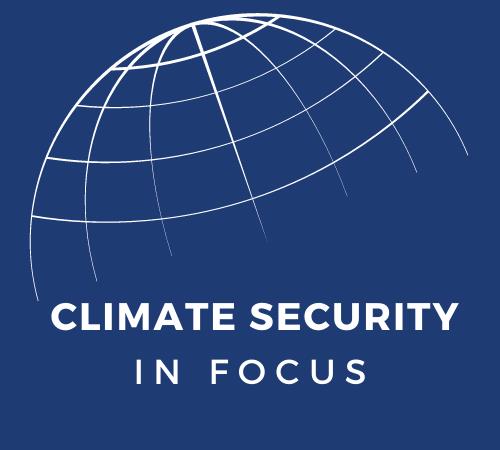
Wildfires and Installation Resilience
May is wildfire awareness month. As temperatures continue to rise due to climate change, hotter and drier conditions are ushering in increasingly destructive fires, especially in the American West. These fires are subsequently outpacing the funding and resources available to combat them. Similarly, rapidly changing conditions and varying ecosystems can hinder predictive capabilities. Each year, wildfires are causing billions of dollars in damages as worsening conditions due to climate change have extended the “season” past the historical five month periods to upwards of seven months. Though wildfires are usually unplanned, they are not unnatural, and more than half have unknown origins, which makes preparation all the more important. And as wildfires increase in intensity and frequency, planning is not only critical for human health and infrastructure, it is also essential to maintaining military readiness and installation resilience.
In a 2019 report to Congress, 79 military installations were analyzed for climate risk and vulnerability. Wildfires were identified as one of the top three climate concerns across the board—and a huge risk at almost every Air Force base evaluated. Wildfires can impact readiness and mission assurance in several ways—including by diverting firefighting forces, delaying or canceling training due to poor visibility, and by destroying infrastructure. But installations themselves can also be the source of wildfires via regular military training and testing. These routine readiness activities can easily ignite nearby ranges, so suppression and management activities are a top priority for installation commanders.
Like their civilian counterparts, military installations prepare for wildfires in different ways, including by increasing surge capacity and training, as well as via prescribed burns. For example, in Georgia, Fort Stewart burns at least 600 acres at a time in the largest controlled burning program on a single land plot in North America, which helps conservation efforts and ensures training availability. Fort Cavazos (formerly Fort Hood), also conducts prescribed burns for grass lands every two to seven years; woodlands every four to ten years; and scrub habitat every five to ten years. DoD also conducts innovative wildfire activities like the National Guard “FireGuard” program, where uniform intelligence analysts can leverage the National Geospatial-Intelligence Agency’s (NGA) “Firefly” algorithm to help detect and respond to wildfires. Likewise, the Army Wildland Fire Management Program (WFMP) works to guide and minimize installation wildfire risk, and functions similarly to the Air Force Civil Engineer Center’s Wildland Fire Branch.
At the strategic level, DoD has joined and adopted National Wildfire Coordinating Group (NWCG) standards for wildland fire operations, established the internal DoD Wildland Fire Working Group, and participates in the National Interagency Fire Center (NIFC) database to track the qualifications of Army and Air Force firefighters. Similarly, U.S. Northern Command (USNORTCHOM) provides a variety of support to wildland firefighting, and the Strategic Environmental Research and Development Program (SERDP) and Environmental Security Technology Certification Program (ESTCP) fund research and programs on management-relevant science that focuses on next-generation fire behavior and smoke dispersion models. Likewise, the Readiness and Environmental Protection and Integration Program (REPI) funds projects designed to promote resilience activities that protect, restore, and enhance off-base natural infrastructure and sustain mission capabilities.
While prescribed burns are an indispensable tool for land management and overall safety, they are not without risk—a risk becoming more dangerous because of climate change. The 1990 Bedford Canyon Fire remains one of the worst in America’s history and was a repercussion of a prescribed burn, as was the Hermit’s Peak/Calf Canyon fire—the worst wildfire in New Mexico’s history. And more recently, although the cause is still under investigation, a April 2023 wildfire at Ft. McCoy, Wisconsin, has led to at least one Senator asking more questions about DoD wildfire activities, specifically the risk assessments and mitigation measures associated with prescribed burns on installations. As drought and severe weather continue to complicate wildfire planning and resources—installations should plan for more heat coming not just from the burns themselves, but also from the Hill.
Climate Security in Focus is a blog series dedicated to exploring key elements of climate security that impact American interests both at home and abroad. The series aims to examine specific aspects of climate security issues in order to better understand climate policy challenges, facilitate conversation, and generate ideas.





